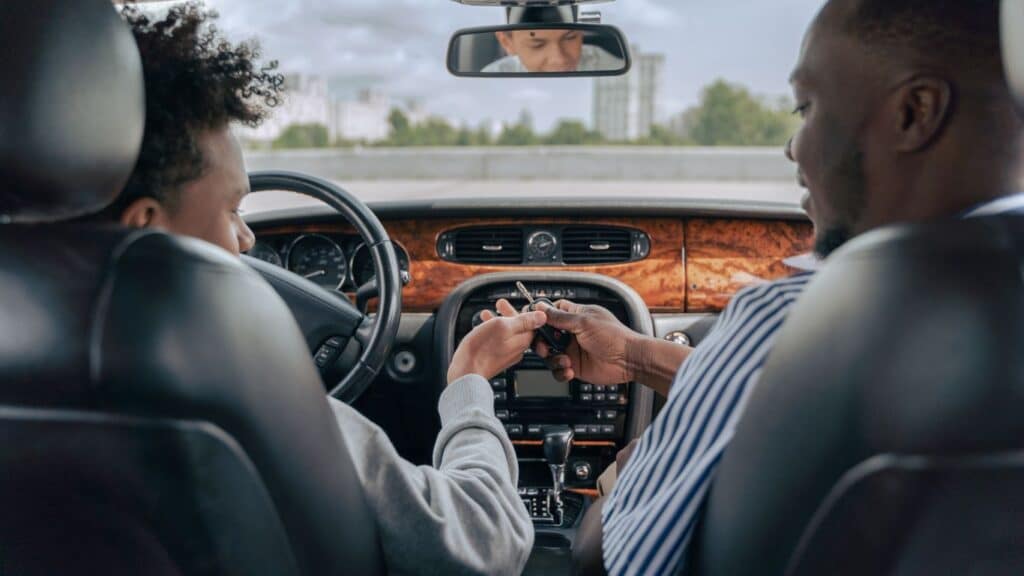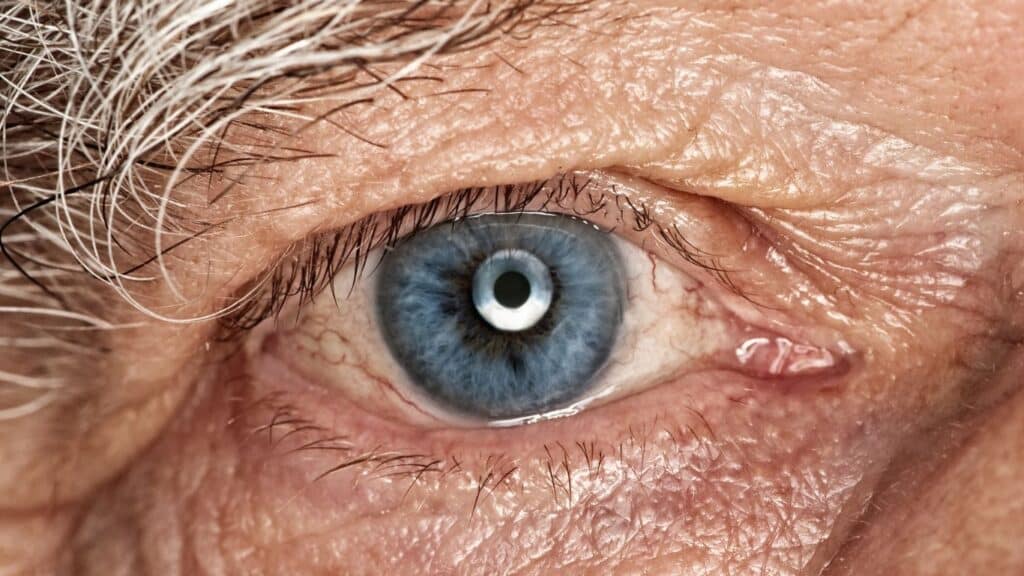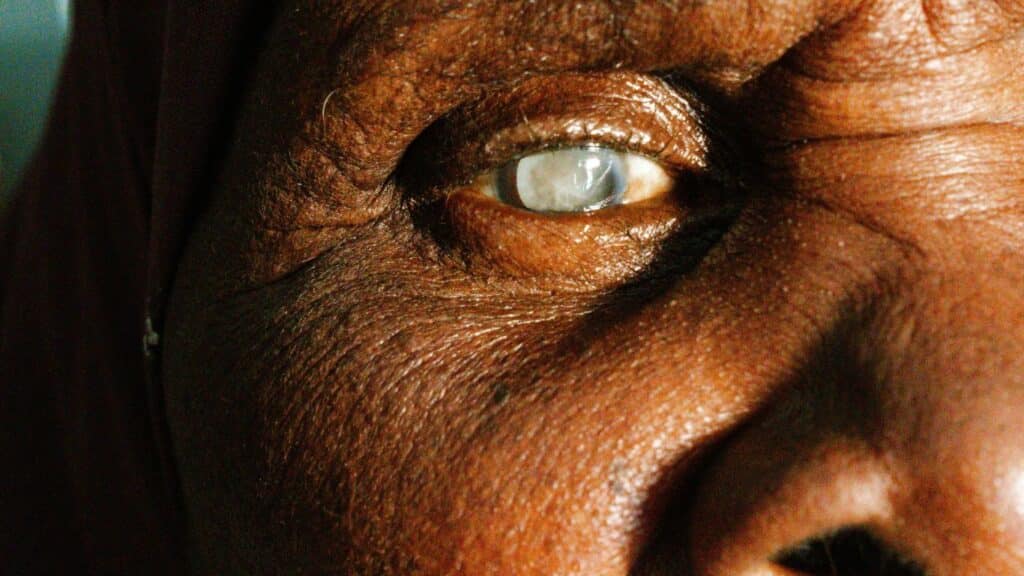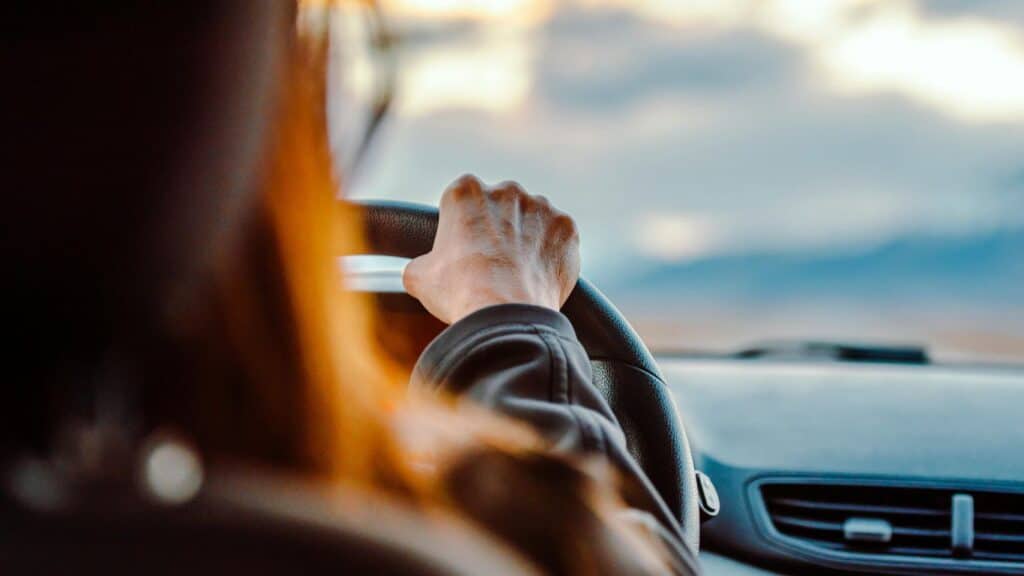Cataract surgery is one of the most common and successful eye procedures for removing cataracts. But many patients have one pressing question, “How soon can you drive after cataract surgery?”
The short answer: not right away.
On the day of your surgery, you’ll receive sedation and anesthesia, and your pupils will be dilated. This temporarily impairs judgment, slows reaction times, and leaves your vision blurry and overly sensitive to light.
For safety, arrange a ride home in advance and do not attempt to drive yourself.
The good news? Most patients can return to driving fairly quickly once their surgeon confirms their vision meets legal and safety standards. Let’s break down what to expect.
The immediate answer is that you cannot drive on the day of surgery. Sedation, dilating drops, and protective shields make it unsafe. Most eye specialists, such as our trained Ophthalmologists in Frisco, Texas, recommend avoiding driving for at least 24 hours.
However, the exact timeline varies. Many people regain safe daytime driving vision within 24–48 hours after surgery, but others may need a few days to a week. Ultimately, when you’re asking “When can I drive after eye surgery?”, the only safe rule is to wait for your surgeon’s clearance. You must also ensure you meet your state’s vision standards.
Similar to driving after LASIK surgery, driving after cataract surgery is unsafe for several reasons:
For all these reasons, we recommend arranging transportation home. Also, you must follow your doctor’s advice on driving after cataract surgery until told otherwise.

Recovery timelines vary, but here are common scenarios:
This highlights how cataract surgery recovery time for driving depends on individual healing and post-surgery guidance.
Night driving requires more time to recover than daytime driving. This is because glare, halos, and contrast sensitivity issues are more pronounced in low-light conditions.
For many patients, night driving may be safe within 2–4 weeks of surgery.
Here are a few signs you’re ready to drive after cataract surgery at night:
Not all patients recover at the same speed. Key factors include:
This checklist is part of standard post-cataract surgery driving guidelines to protect your safety. Before getting back behind the wheel, make sure you:
If any of these aren’t met, wait until they are.

Once your doctor clears you, follow these safety precautions for post-surgery driving to ease back in:
Driving should never come before your eye health. Contact your surgeon immediately if you experience:
These symptoms may indicate complications requiring urgent care and may delay your vision recovery after cataract surgery.
You should not drive on the day of surgery and should always arrange transportation in advance.
Most patients can expect to resume daytime driving within 24–48 hours once vision stabilizes and legal standards are met. Although night driving usually requires a longer wait of 2–4 weeks.
Above all, follow your surgeon’s advice, attend follow-up visits, and pay attention to how your vision feels before getting back behind the wheel.
At Texas Vision & Laser Center, our cataract specialists are here to guide you through every stage of your recovery. If you’re preparing for surgery or have questions about when it’s safe to drive again, schedule a consultation with our trusted team today.



